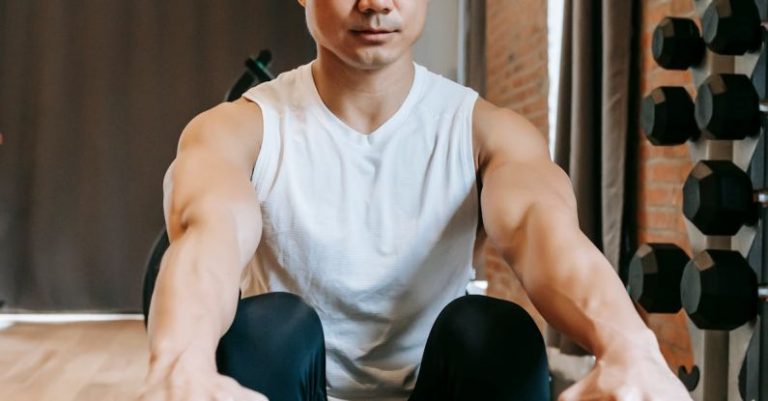
When it comes to strength conditioning for rowers, flexibility plays a crucial role that should not be underestimated. Rowing is a demanding sport that requires a combination of power, endurance, and technique. While strength training is essential for improving performance and preventing injuries, incorporating flexibility exercises into a rower’s training regimen can enhance overall performance on the water. In this article, we will delve into the significance of flexibility in strength conditioning for rowers and explore how it can contribute to better results in this physically demanding sport.
### Understanding the Importance of Flexibility
Flexibility is often overlooked in strength conditioning programs, but it is a key component that can significantly impact a rower’s performance. Flexibility refers to the range of motion in a joint or group of joints and the elasticity of muscles and tendons that surround those joints. For rowers, having good flexibility is essential for achieving proper rowing technique, preventing injuries, and optimizing power output during each stroke.
### Enhancing Rowing Technique
One of the primary benefits of flexibility in strength conditioning for rowers is its ability to enhance rowing technique. A rower with good flexibility can achieve a longer and smoother stroke, allowing for better efficiency and power transfer throughout the rowing motion. Improved flexibility in the hips, shoulders, and back can help rowers achieve a more extended reach during the drive phase, resulting in increased boat speed and performance.
### Preventing Injuries
Incorporating flexibility exercises into a rower’s training routine can also help prevent injuries commonly associated with rowing. The repetitive nature of rowing can lead to muscle imbalances and tightness, increasing the risk of overuse injuries. By improving flexibility in key muscle groups, such as the hamstrings, hip flexors, and shoulders, rowers can reduce the likelihood of strains, sprains, and other injuries that may sideline them from training and competition.
### Optimizing Power Output
Flexibility plays a crucial role in optimizing power output for rowers. Tight muscles can limit the range of motion in joints, leading to decreased power production during each stroke. By improving flexibility, rowers can achieve a fuller range of motion, allowing for stronger and more explosive movements throughout the rowing stroke. This increased flexibility can translate into better performance on the water, as rowers can generate more power with each stroke and maintain higher boat speeds over longer distances.
### Integrating Flexibility Training into Strength Conditioning
To reap the benefits of flexibility in strength conditioning for rowers, it is essential to integrate specific flexibility exercises into a comprehensive training program. Dynamic stretching exercises, such as leg swings and arm circles, can be incorporated as part of a warm-up routine to improve joint mobility and prepare the body for the demands of rowing. Static stretching exercises, such as hamstring stretches and shoulder stretches, can be performed after a workout to help maintain and improve flexibility in key muscle groups.
### Emphasizing Consistency and Progression
Consistency and progression are key when it comes to incorporating flexibility training into a rower’s strength conditioning program. Flexibility gains take time to develop, so it is important for rowers to commit to regular stretching sessions to see improvements in their range of motion. Additionally, rowers should gradually increase the intensity and duration of their flexibility exercises to continue challenging their muscles and joints to adapt and become more flexible over time.
### Enhancing Performance Through Flexibility
In conclusion, flexibility plays a vital role in strength conditioning for rowers by improving rowing technique, preventing injuries, and optimizing power output. By incorporating specific flexibility exercises into their training regimen and emphasizing consistency and progression, rowers can enhance their performance on the water and achieve their full athletic potential. Flexibility should not be overlooked in a rower’s strength conditioning program, as it can make a significant difference in their overall success in this physically demanding sport.





